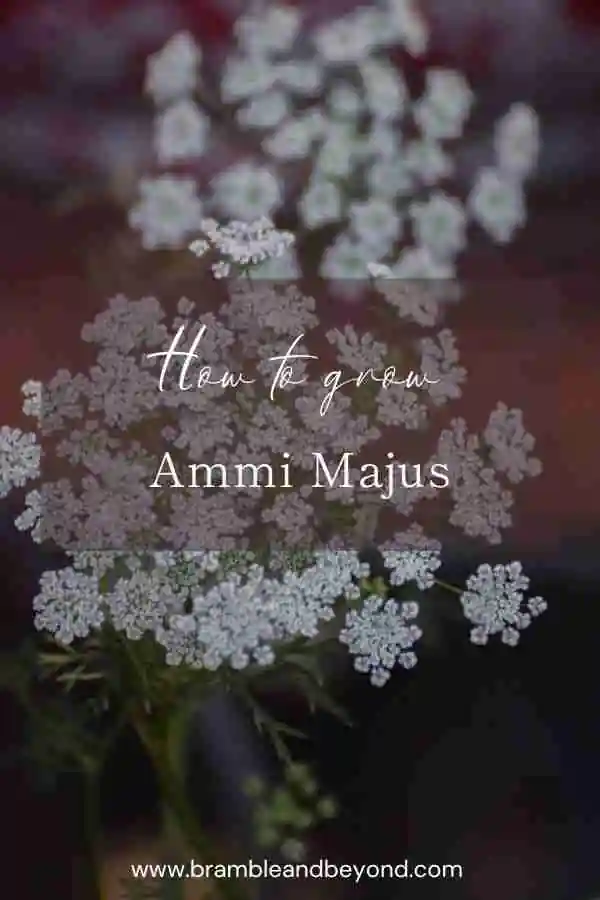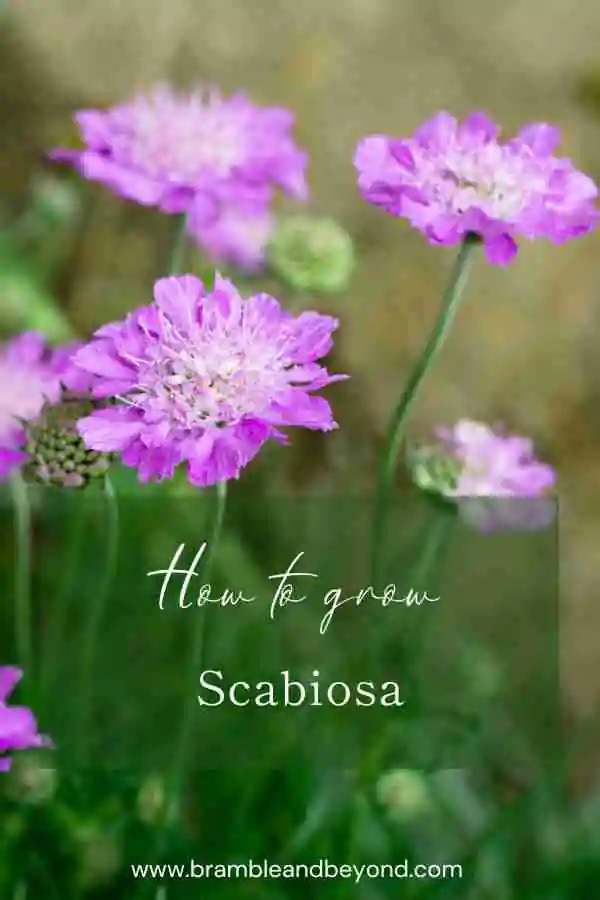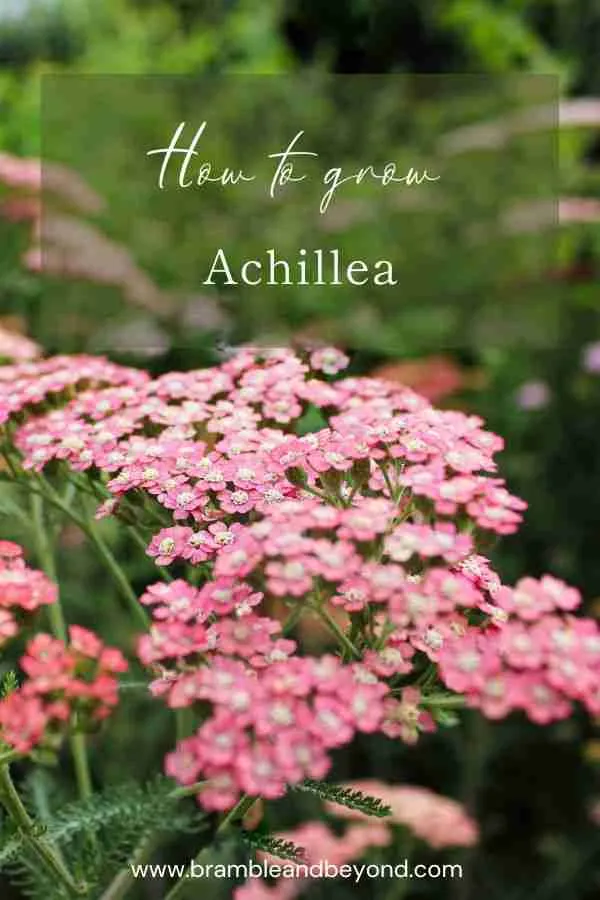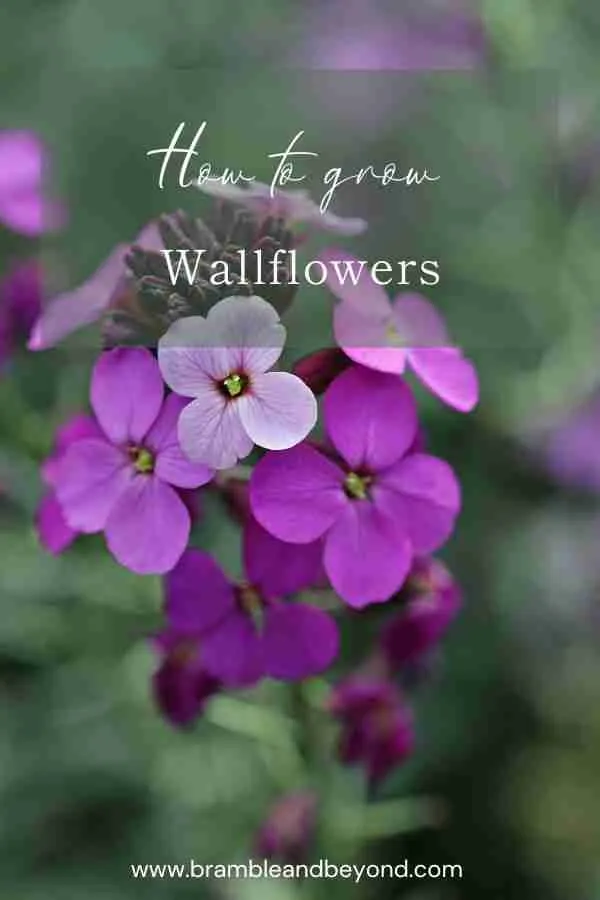Disclosure: This post may contain affiliate links, meaning I get commission if you decide to make a purchase through my links, at no cost to you. Please read my Affiliate Disclosure for more information.
I must admit, I didn’t fully appreciate the delicate beauty of this plant when I first grew it. It seemed rather unassuming and fleeting. But oh, how wrong I was! The seed heads of Nigella, resembling dainty poppy seed pods with delicate frills, turned out to be something truly special. And the best part? They dried beautifully, adding a touch of whimsy to my floral arrangements. Now I understand the nuances of how to grow Nigella they bring me joy every time I see them.
Due to my less than scrupulous clear-up of the Nigella (Love-in-a-mist) patch, these charming flowers have decided to make their home alongside my tulips. And let me tell you, they look absolutely delightful together. The delicate Nigella seems to soften even the boldest tulip, creating a harmonious display. And the best part? The self-sown Nigella blooms earlier than my initial sowing, allowing me to admire their delicate elegance and charm before the more exuberant summer flowers take centre stage.
What’s truly amazing is how Nigella has taken matters into its own hands. The seeds have now sprinkled themselves throughout many of my flower beds, continuously self-sowing throughout the season. It’s a marvellous sight to behold, witnessing the magic of nature unfold right in my own garden.
So, if you’re ready for a magical gardening adventure, grab your gardening gloves and let’s explore the enchanting world of Nigella!
What is Nigella (Love-in-a-Mist)?
Nigella, also known as Love-in-a-Mist, is a remarkable plant that adds a touch of enchantment to any garden. Despite its delicate appearance, this hardy annual is one of the toughest early bloomers, capable of withstanding winter frosts when sown in autumn. Although if you miss an autumn sowing it can be sown in spring and still produce flowers in the summer.
Imagine a garden adorned with Nigella in various shades of blue, pink, and white. Its exquisite star-shaped flowers, surrounded by a delicate halo of fringed foliage, create a whimsical and dreamy atmosphere. But don’t be fooled by its fragile beauty – Nigella is a resilient plant that thrives in sustainable seasonal flower gardening.
Not only is Nigella a delight to behold, but it also offers practical benefits. The lacy blooms are perfect for cutting, allowing you to bring their splendour indoors. And let’s not forget the unique inflated seed pods, which can be dried and used for winter decorations, adding a touch of whimsy to your home.

How to grow Nigella (Love-in-a-Mist):
- Nigella plants dislike being transplanted and do best when direct-seeded into the garden in the autumn or early spring.
- Seed can be tricky to start indoors, so pop seeds into the freezer for 10 to 14 days before sowing to speed up germination.
- Sow in the autumn for flowers the following early summer, or in the spring for flowers later in the season.
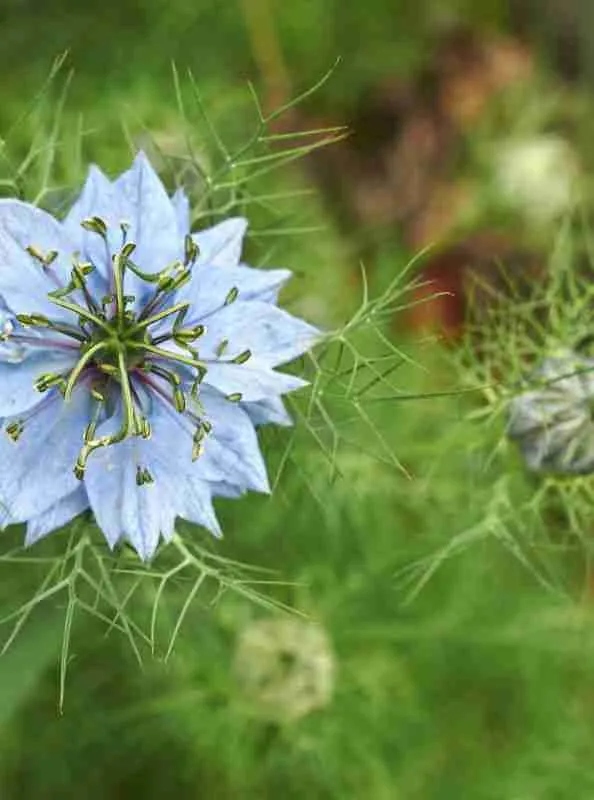
Plant Details:
- Plant type: hardy annual
- Height: 45cm
- Site: full sun
- Sowing depth: 3mm
- Germination: 10-21 days
- Temperature: 18-20°C
- Days to maturity: 65-85 days
- Plant spacing: 23cm
- Pinch: not necessary
- Staking: not necessary
- Drying: dry the seed heads
- Approx seeds per packet: 200
Please note we pack the majority of our seeds by weight so the number of seeds indicated is only an approximation.

Harvesting and vase life:
- Harvest flowers when they are three-quarters open, or harvest pods when fully formed.
- Fresh flowers have a vase life of 7 days; dried pods last indefinitely.
- Dry by hanging upside down in a warm, dark place for 2 to 3 weeks, although beware of the seeds dropping everywhere!
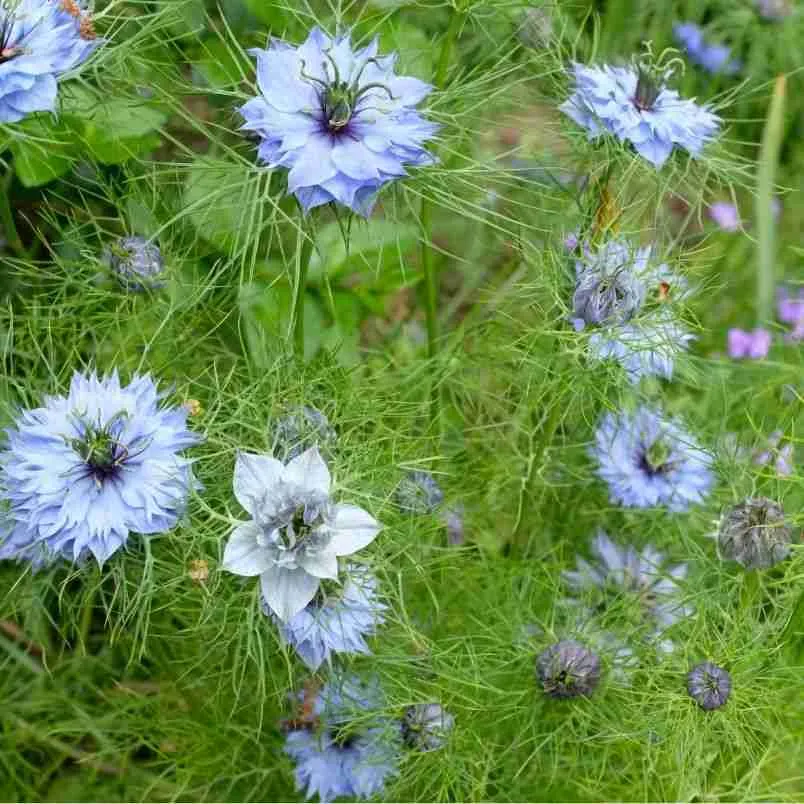
Here are my top tips to grow Nigella:
- March/April is a perfect time to start growing Nigella if you have missed and autumn sowing. You can either begin by planting seeds in pots and transferring them later, or if you prefer direct sow them in April.
- For a continuous supply of Nigella flowers succession sow. If you sow early April early May and September you should be good for the full season.
- I find the best results are from self sown seeds so no need to be too thorough with your weeding in the Autumn and it will save you the effort of sowing them at all!
- Thin your seedlings if you need to but these plants can grow closer together than most annuals, at about 6-8 inches apart. They don’t last long and are quite small plants so the more you can squeeze in the better.
- Nigella loves full sun and free-draining soil, if you can provide this then you should be inundated with flowers.
- Remember, you don’t have to cut all the flowers at once. Leave some to turn into those amazing seed pods. Not only are they fascinating, but they also allow the plant to self-seed. Let nature do its thing!
Learning how to grow Nigella is a journey filled with wonder and beauty. As you embark on this floral adventure, remember to embrace sustainable seasonal flower gardening practices. Nigella, with its delicate charm, will reward you with stunning blooms and a sense of fulfilment. So get your hands dirty, nurture the Nigella in your garden, and let nature’s magic unfold before your eyes!
“In every gardener, there is a child who believes in the seed fairy.” – Anonymous
Remember, gardening is not just about the end result; it’s about the joy and connection with nature along the way. So enjoy the process, experiment, and let your garden bloom with the beauty of Nigella!


